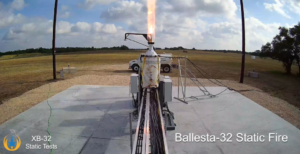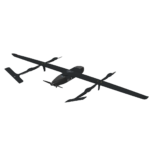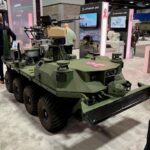
The Defense Department has awarded X-Bow Systems a $64 million contract to position the startup as a second supplier of large-diameter solid rocket motors (SRMs) for two Army and Navy hypersonic weapons programs, an award that will help the company move beyond the figurative “valley of death” where many venture capital-backed companies languish while strengthening the defense industrial base. The award is dated Sept. 21 but was only posted last Friday by the DoD Office of the Assistant Secretary of…

 By
By 











